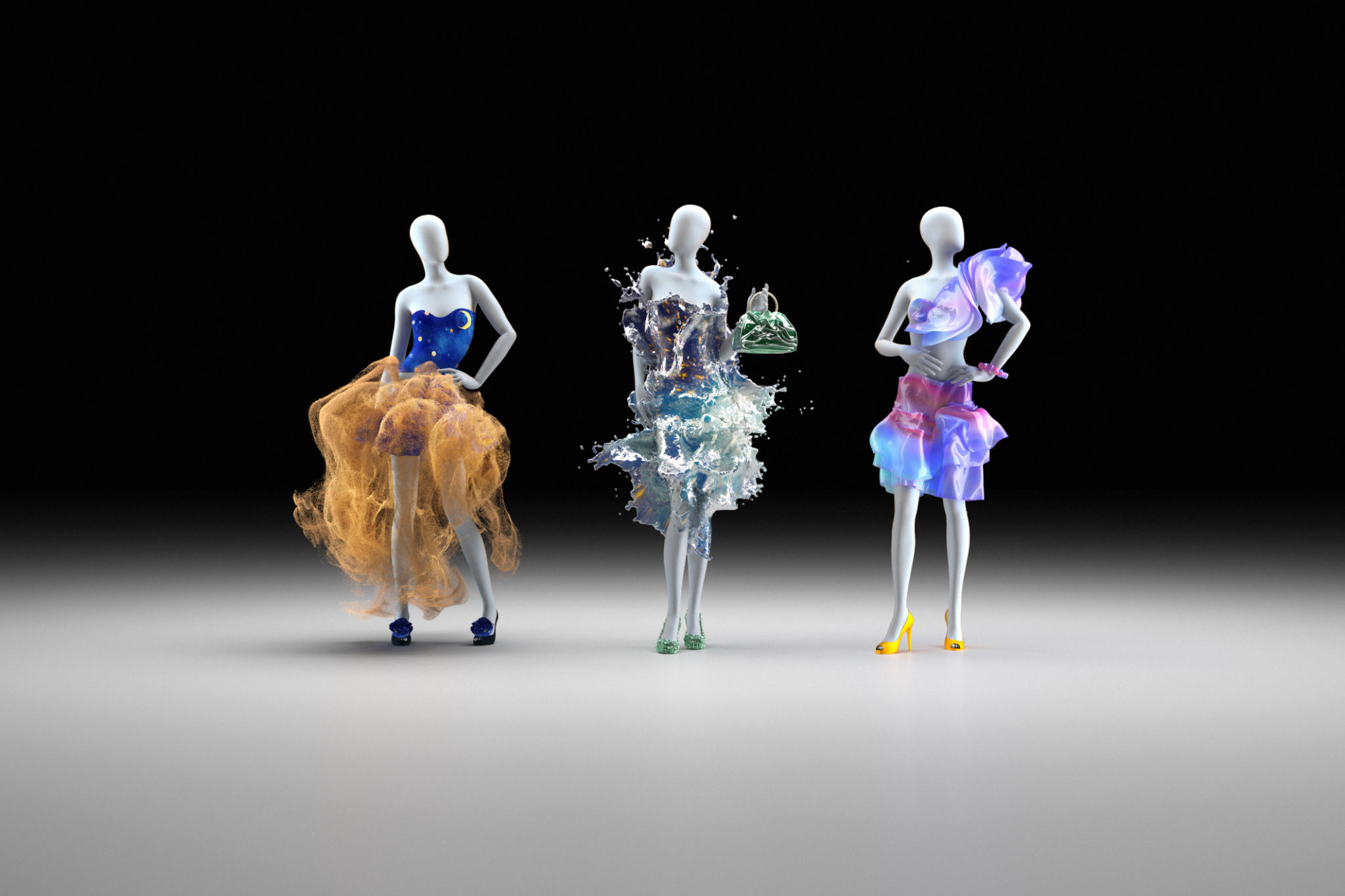Expert Tips for Designing a Fashion Line with Ethical Manufacturing
Fa
Understanding Ethical Fashion
In today's world, consumers are increasingly aware of the impact their purchases have on the environment and society. As a result, ethical fashion is gaining traction, emphasizing sustainability, fairness, and transparency in the manufacturing process. Designing a fashion line with ethical manufacturing practices requires a commitment to these principles, ensuring that your brand not only produces beautiful clothing but also contributes positively to the world.

Source Sustainable Materials
The first step in designing an ethically manufactured fashion line is choosing the right materials. Opt for sustainable fabrics such as organic cotton, bamboo, or recycled polyester. These materials minimize environmental impact and often require less water and energy to produce. Additionally, consider working with suppliers that adhere to fair trade practices, which ensure better wages and working conditions for workers.
Build Strong Relationships with Manufacturers
Having a direct and transparent relationship with your manufacturers is crucial for ethical production. Visit factories regularly to ensure they meet ethical standards and understand their working conditions. Building trust and collaboration with your manufacturers can help maintain quality control and encourage sustainable practices, making your fashion line more reliable and ethical.

Design with Purpose
Designing with intention is key to creating a sustainable fashion line. Focus on timeless pieces that transcend fleeting trends, encouraging consumers to purchase your garments for quality and longevity rather than disposability. Incorporate versatile designs that can be worn in multiple ways, offering value to customers while reducing environmental impact.
Implement Waste Reduction Strategies
Minimizing waste is an essential component of ethical fashion. Consider implementing zero-waste design techniques, where pattern pieces are carefully planned to avoid fabric scraps. Additionally, explore opportunities to repurpose or recycle production leftovers into new products or donate them to creative communities for reuse.

Promote Transparency and Educate Consumers
Transparency builds trust with your audience and sets your brand apart in the crowded fashion industry. Clearly communicate your ethical practices through detailed product descriptions, certifications, and behind-the-scenes stories of your manufacturing process. Empower consumers by educating them about the importance of ethical fashion and how their choices make a difference.
Leverage Technology for Ethical Innovation
Technology can play a significant role in enhancing ethical manufacturing. Utilize digital tools to track supply chain transparency, ensure compliance with ethical standards, and measure the environmental impact of your production process. Moreover, explore 3D design software to create virtual prototypes, reducing the need for physical samples and minimizing waste.

Collaborate with Like-Minded Partners
Collaboration can amplify your efforts in ethical manufacturing. Partner with other brands, organizations, or designers who share your values to create collections or initiatives that promote sustainability. Such collaborations not only broaden your reach but also strengthen the ethical fashion community as a whole.
By following these expert tips, you can design a fashion line that is not only stylish but also ethically manufactured, aligning your brand with the growing demand for socially responsible products. Embrace sustainability, promote fair practices, and inspire change in the fashion industry with every piece you create.
